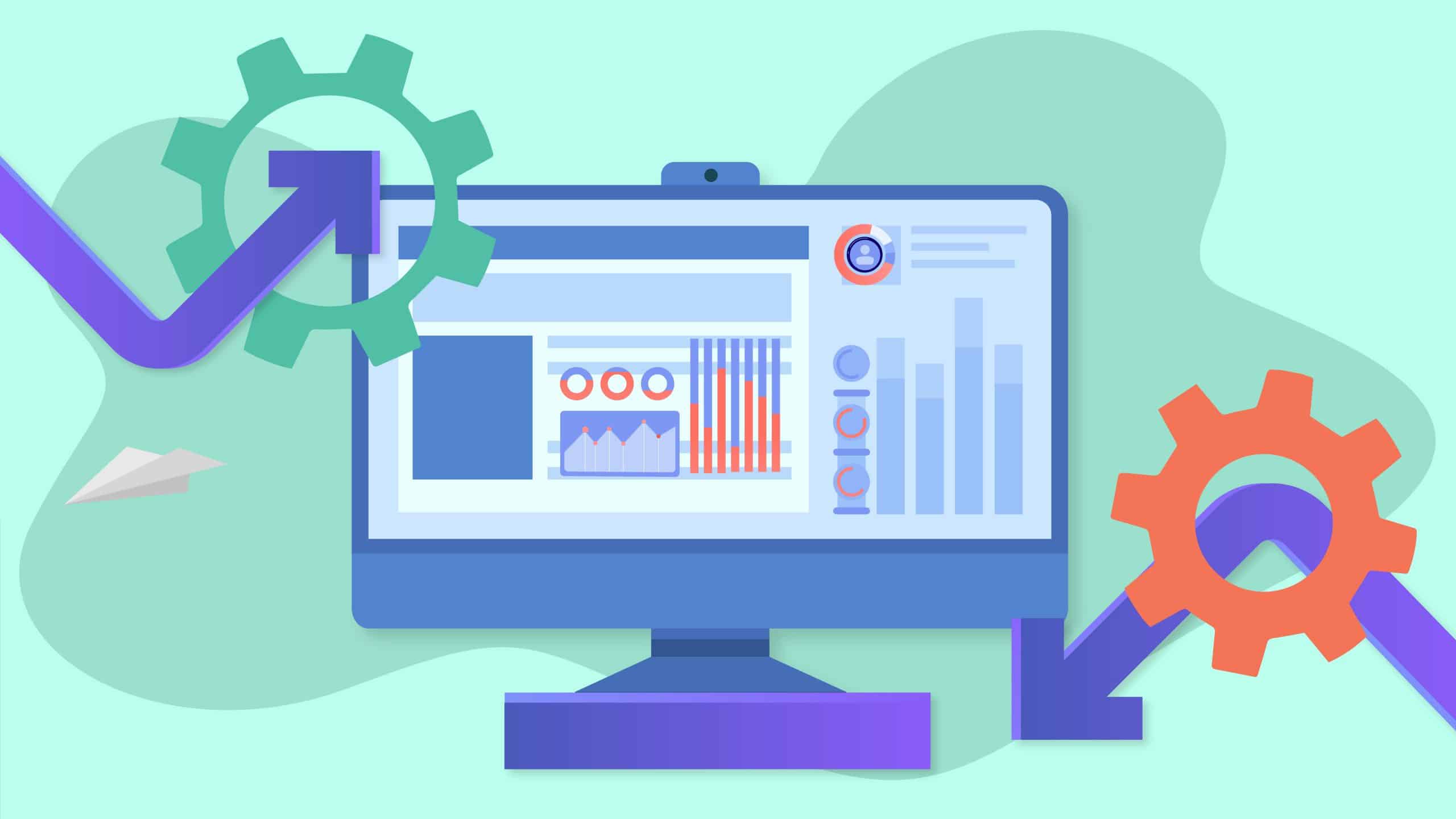What to Consider While Performing Performance Testing in Cloud-Based Environments

- July 26, 2023
- admin
Businesses are increasingly relying on cloud-based infrastructure to host their apps and services in today’s fast-paced digital market. Because of its scalability, flexibility, and affordability, the cloud is a desirable option for businesses of all sizes. But in cloud-based environments, careful testing is essential to guaranteeing optimum performance and a seamless user experience.
The important considerations for cloud testing will be discussed in this post.
Introduction
Cloud computing, which offers online, on-demand access to computing resources, has altered how businesses conduct their operations. While the cloud provides numerous benefits, ensuring that applications perform well under varying conditions is paramount. Testing the software’s useful in this situation.
Understanding Cloud-Based Environments
A cloud-based environment refers to the virtual infrastructure where applications and services are hosted on remote servers. These environments offer a range of services like Infrastructure as a Service (IaaS), Platform as a Service (PaaS), and Software as a Service (SaaS) and can be either public, private, or hybrid.
Importance of Performance Testing in the Cloud
In the cloud, testing is crucial for locating bottlenecks, maximizing resource distribution, and making sure apps execute as expected. Organizations can evaluate the performance of their systems under various loads and situations by modeling real-world scenarios.
Factors to Consider for Cloud Performance Testing
Scalability and Elasticity in Performance Testing
Cloud environments allow applications to scale dynamically based on demand. It assess how well the system can handle increased loads and whether it can scale back down efficiently.
Geographic Distribution
With cloud services distributed across multiple regions, it is essential to test the performance from different geographic locations to ensure an optimal user experience worldwide.
Network Latency in Performance Testing
Application performance can be considerably impacted by how quickly data moves between the client and the server. Testing network latency helps identify and address potential issues.
Load Balancing
Load balancing ensures an even distribution of traffic across multiple servers. Proper load testing verifies the effectiveness of load balancing mechanisms.
Resource Monitoring while Performance Testing
During testing, ongoing resource monitoring in the cloud offers insights into resource usage and performance problems.
Auto-scaling
Auto-scaling allows applications to adapt to changing workloads automatically. This should validate the auto-scaling capabilities of the application.
Security and Compliance
In addition to addressing security issues, testing should guarantee regulatory compliance.
Third-Party Integration in Performance Testing
Many cloud-based applications rely on third-party services. Testing should encompass these integrations to assess their impact on overall performance.
Disaster Recovery
Disaster recovery processes must be practiced in order to guarantee business continuity in the event of system failures.
Cost Optimization
Performance testing can help optimize costs by identifying resource-efficient configurations.
Data Management
To prevent data loss or corruption, testing data integrity and data transfer techniques is essential.
Testing Tools for Cloud Environments in Performance Testing
Choosing the right testing tools specific to cloud environments is essential for accurate results.
Test Data Generation
Creating realistic test data that mimics production data helps in obtaining more meaningful results.
Real User Monitoring (RUM)
RUM allows organizations to capture and analyze real user data, enabling better performance insights.
Performance Testing Metrics and KPIs
Defining clear performance metrics and Key Performance Indicators (KPIs) helps in setting performance goals.
Best Practices for Cloud Performance Testing
Start Early and Test Often
Begin testing early in the development process and conduct tests at regular intervals throughout the application’s lifecycle.
Use Production-Like Environments during Performance Testing
Testing in an environment that closely resembles the production environment improves the accuracy of test results.
Embrace Chaos Engineering
By intentionally introducing failures, organizations can assess system resilience and responsiveness.
Collaborate Across Teams
Testing must be successfully coordinated and communicated among the development, testing, and operations teams.
Monitor and Analyze Test Results
Carefully analyze test results to identify performance bottlenecks and take necessary corrective actions.
Challenges in Cloud Performance Testing
Complex Architectures
Modern cloud-based applications often have intricate architectures that makes it more challenging.
Virtualization Overhead
Virtualization in the cloud can introduce overhead that affects application performance.
Shared Resources
Multiple applications sharing the same cloud resources can impact performance under high loads.
Dynamic Nature of the Cloud
Cloud environments are dynamic, and testing must account for this constant change.
Data Privacy and Compliance
Protecting sensitive data during testing while remaining compliant with regulations is a significant concern.
Conclusion
To provide a seamless user experience and guarantee the success of apps and services, performance testing services for cloud-based systems is essential. By considering scalability, network latency, security, and other key factors, organizations can optimize performance and drive customer satisfaction. Embracing best practices and overcoming challenges will lead to robust cloud-based applications that meet user expectations and business objectives.











